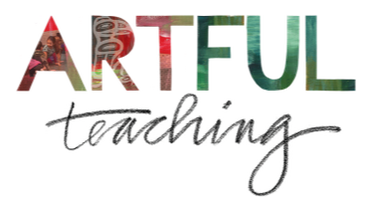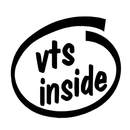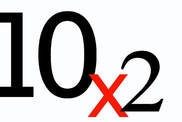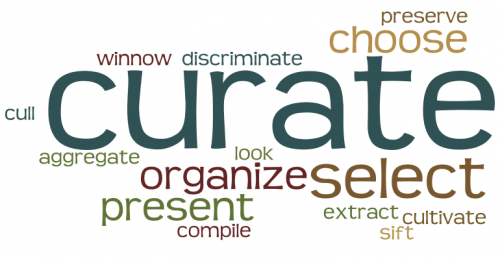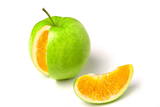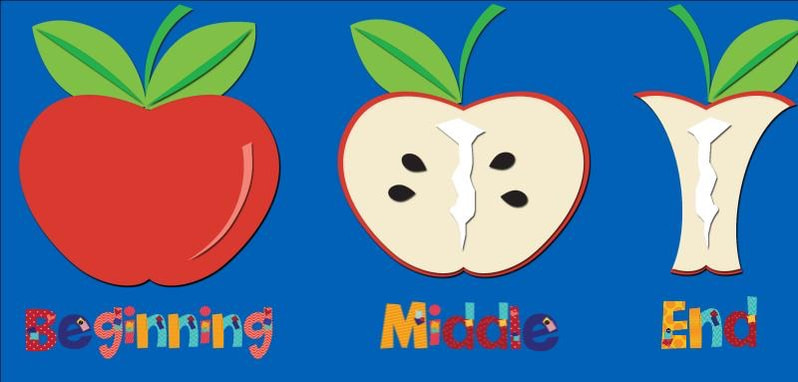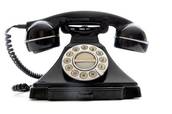|
Artful Thinking Strategies (or routines) help teachers use works of visual art and even performance art in ways that strengthen student thinking and learning in the arts and beyond. The goals are to help teachers create connections between works of art and the curriculum, and to help teachers use art as a force for developing students’ thinking. Each strategy focuses on a disposition or skill such as reasoning, questioning, perspective taking, describing, finding complexity or comparing. The majority of these strategies come from the Harvard Graduate School of Education Project Zero. Their versions sometimes differ from how we prefer to implement them.
|
See, Wonder, Think Sometimes referred to as "See, Think, Wonder", this strategy combines dispositions in describing, questioning and reasoning. See, Wonder, Think places the evidence at the start of the routine.
|
Visual Thinking Strategy Visual Thinking Strategies is the result of more than 20 years of research between museum educators and a cognitive psychologist. VTS places the evidence at the end of the routine.
|
10x2"Ten times two" combines dispositions in describing and finding complexity as well as the studio habit of "Stretch and Explore". Students use rich images to take their descriptive language to new depths.
|
Perceive, Describe & StretchThis routine is a variation on 10x2 in which students use observation and description with the structured student talk routine of "give one/get one". While applicable in many situations, the lesson plan features use of adjective/noun pairs.
[Originally titled "Observe, Describe, Stretch", we renamed it for use with non-visual art forms such as music.] |
Perceive, Know, Care AboutThis routine helps students to explore different perspectives and viewpoints as they try to imagine things, events, problems, or issues differently. In some cases this can lead to a more creative understanding of what is being studied.
|
Curate A ShowIn this higher order thinking routine, students collaborate to compile images that meet certain criteria such as representing a theme or describing a situation such as the plot of a book or a scientific process.
|
Creative ComparisonsThis routine stimulates curiosity and helps students discover the complexity of an artwork or topic. Use it when you want students to make higher order connections about a topic.
|
Beginning, Middle, EndThis routine uses the power of narrative to help students make observations and encourages them to use their imagination to elaborate on and extend their ideas as they practice storytelling.
|
TelephoneTelephone emphasizes speaking and listening skills as well as the ability to carefully convey a visual artwork to someone else. This routine emphasizes observation and description.
|

